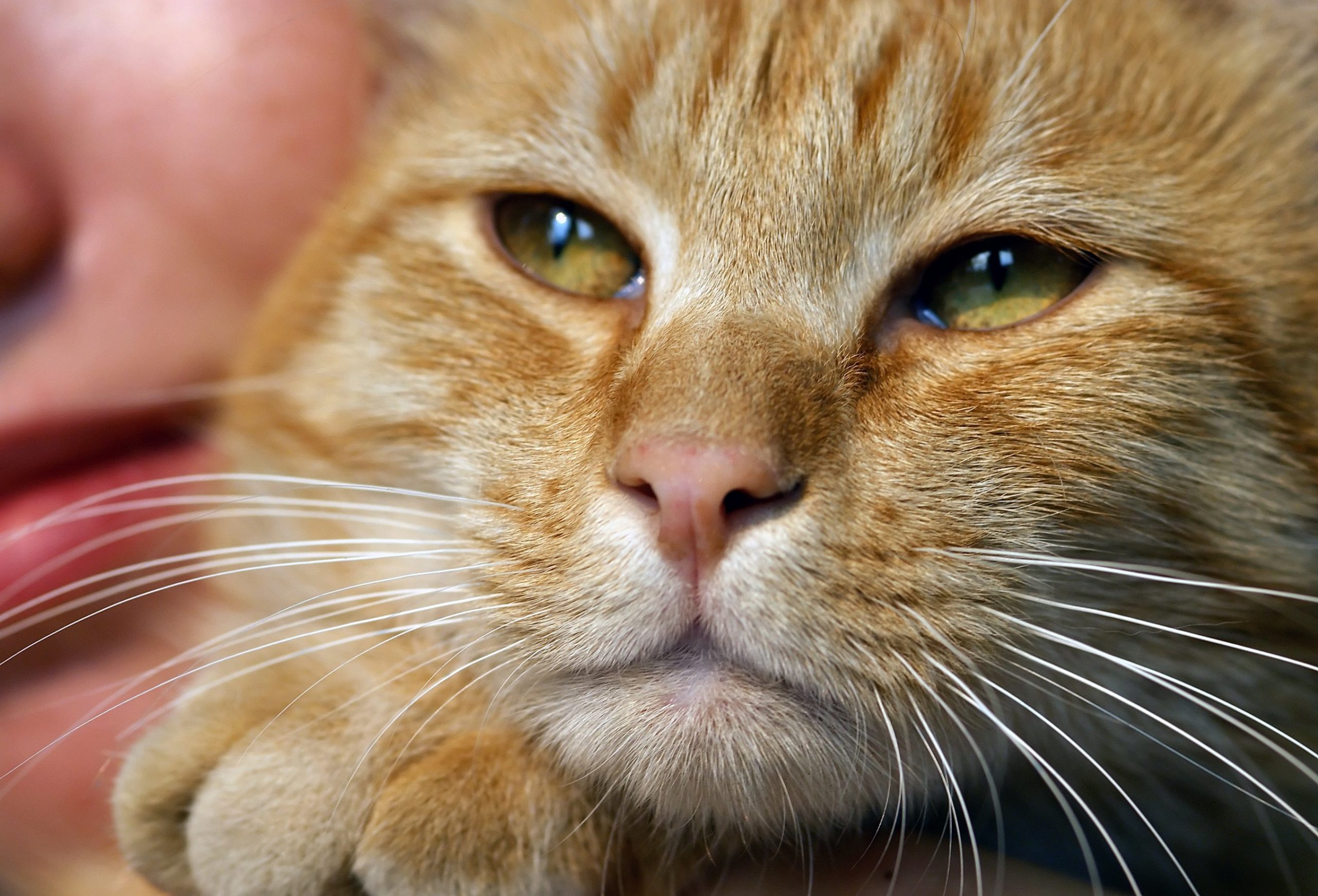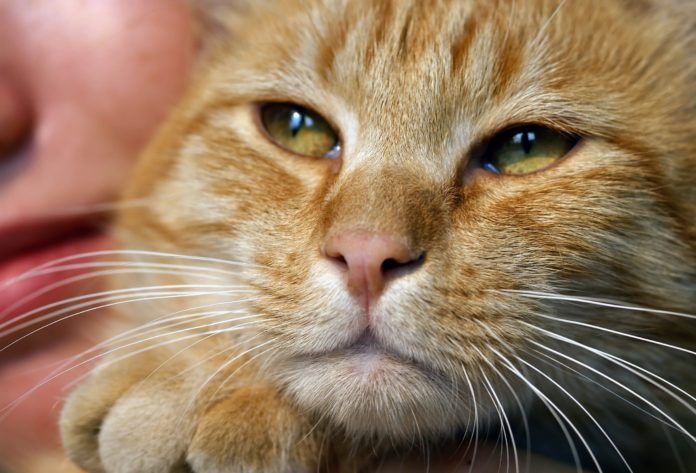Dreamstime.com

A modern concept used in recognizing and assessing acute pain in cats is the use of a facial pain expression scale, modeled after the neonatal facial scales which shows the changes in a baby’s facial expression from happy to painful.
According to Alicia Karas, DVM, MS, DACVAA, pain medicine specialist and assistant professor at Tufts University Cummings School of Veterinary Medicine, pain researchers designed similar scales for mice and rats, and have now done the same for cats. According to the study, areas that showed differences between painful and pain-free cats are the eyes, ears, mouth and muzzle.
Caricatures of the expressions were drawn based on the mathematical differences and distances between the anatomical points to compare pain-free and painful cats — for example, changes in the whiskers and ears as well as nose and cheek flattening. The study is the first to specifically show how facial features can be used to differentiate between pain-free and painful cats, and could potentially become a viable tool for assessing acute pain in cats.
Another tool for assessing pain in cats is the Composite Measure Pain Scale — Feline (CMPS-F). This scale assesses behavioral changes in six categories that include: vocalization, posture, attention to a wound, response to touch and response to people. Each category is scored for a total possible score of 16. For a score of four or higher, intervention with pain medication is recommended. However, further studies are needed for universal validation.
Other acute pain scales include the Colorado State University Feline Acute Pain Scale and the UNESP-Botucatu Multidemsional Composite Pain Scale. An example of a pain scale can be found at ivapm.org/for-the-public/animals-and-pain-articles/how-we-assess-your-felines-pain-level/. — Ramona Marek, MS, Ed




